Netanyahu’s hardline aid blockade and push for a new military offensive in Gaza divide both Israel’s allies and Israelis
Benjamin Netanyahu faces growing pressure on all sides as he prepares to launch an intensified campaign to wipe out Hamas at all costs.

After 19 months of war, the conflict in Gaza has entered a dramatic and dangerous new stage as Israel launches an intensified drive to eliminate Hamas at all costs. But Israeli Prime Minister Benjamin Netanyahu’s new path forward is laden with strategic risk and humanitarian challenges.
It already has alienated Israel’s closest allies, divided Israelis and risks more pain and suffering for both Israel and the Palestinians.
The Israeli leader has ripped up his military playbook to commit to a new plan for a long-term ground invasion and prolonged Israeli occupation of Gaza. He has vowed not to stop until Hamas is defeated, disarmed and its remaining leaders exiled or killed. He also has insisted, as a condition of peace, that Donald Trump’s policy of voluntary emigration for Gazans be implemented.
This has unnerved and angered Israel’s European allies because it heralds another long-term military campaign in Gaza.
They say it inevitably will lead to more large civilian casualties and will forcibly displace much of the population when Gaza is in ruins and its people are starving after an 11-week blockade of humanitarian aid by Israel.
But Netanyahu argues that such a comprehensive campaign, called Operation Gideon’s Chariots, is needed if Israel is to fulfil its aim of completely destroying the murderous Hamas, responsible for the atrocities of October 7, 2023, that left 1200 Israelis dead.
Yet Netanyahu’s new plan is proving too hardline for many of Israel’s allies.
Western support for Israel’s ongoing military campaign in Gaza has been gradually worn down by the huge death toll – now more than 53,000 according to Gazan health officials, who don’t separate civilians from combatants – and the near destruction of the Gaza Strip as a habitable home for its 2.3 million Palestinians.
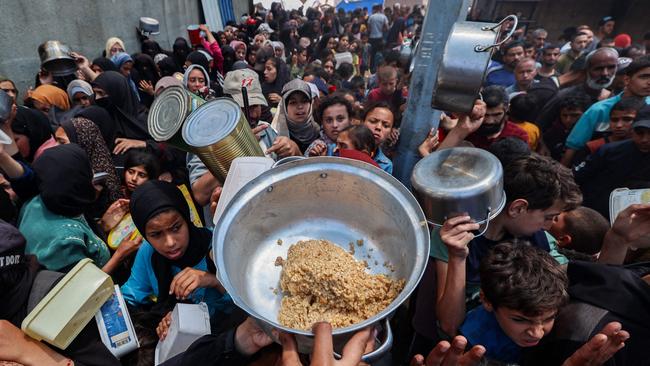
This week some of Israel’s closest allies, Britain, France and Canada, not only condemned Israel’s new ground offensive and its handling of the humanitarian situation in Gaza but also threatened to take unspecified “further concrete” actions against Israel.
Australia is one of 23 countries that signed a statement this week demanding the full resumption of humanitarian aid into Gaza.
Netanyahu’s plan for a prolonged ground offensive in Gaza also has divided Israelis. A new poll shows 70 per cent now support an end to the war in exchange for the release of the remaining hostages. Polls also show Netanyahu and his right-wing coalition would lose if an election were held today.
This growing anti-war sentiment has led to a surge in support for Yair Golan, the leader of the left-wing Democrats party, who infuriated Netanyahu this week by saying: “A sane country doesn’t wage war against civilians, doesn’t kill babies as a pastime and doesn’t engage in mass population displacement.”
Netanyahu has adopted these twin hardline policies of a ground offensive in Gaza and the aid blockade – which he reluctantly suspended under US pressure this week – because despite 19 months of fighting, Israel has been unable to fully defeat Hamas militarily or force it to surrender.
This does not mean that Israel’s war on Hamas has been a failure. After 19 months of conflict Israel has succeeded in destroying Hamas as a coherent military force.
All of the terror group’s most senior leaders have been killed, including Mohammed Sinwar this week. Hamas is now no more than a ragtag group capable of little more than small-scale spot attacks on Israeli troops inside Gaza. The terror group no longer poses an existential threat to Israel.
But the fact Israel has been unable to kill or arrest every last Hamas fighter is no surprise.
The group is finding new recruits easily among the disillusioned young men in Gaza and, although it is a shadow of its former self, Hamas’s ongoing survival and its refusal to surrender has increasingly frustrated Netanyahu.
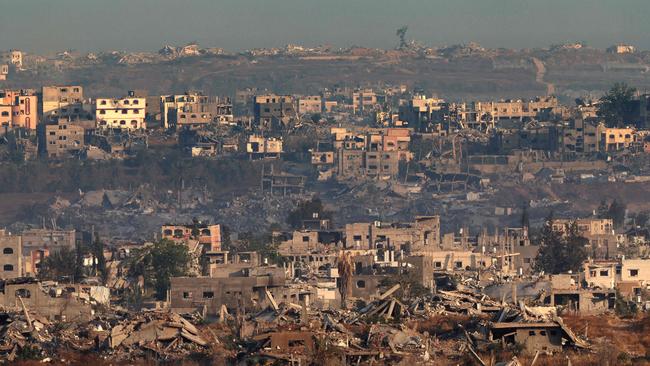
The Prime Minister is now being wedged on one side between growing calls by Israel’s allies and ordinary Israelis to end the war and on the other by the right-wing nationalists in his coalition who want him to continue to pursue what remains of Hamas regardless of the cost.
For now, Netanyahu is not taking a backward step regardless of the cost to Israel’s international reputation. He insists the war will end only with the release of the remaining hostages, the demilitarisation and overthrow of Hamas as the ruling power in Gaza, and the implementation of the US plan for voluntary emigration from the besieged enclave.
“Anyone who calls on us to stop the war before these goals are achieved is calling on us to leave Hamas in power,” Netanyahu said this week.
Hamas says it wants to end the war but it will release all of the remaining hostages only if Israel promises a permanent ceasefire and removes all of its troops from Gaza.
The US is trying to broker an interim deal in which 10 living hostages are released in exchange for a 45 to 60-day truce along with the release of an unspecified number of Palestinian prisoners. But Hamas says it will agree to such a deal only if it leads to a permanent ceasefire. Israel says there can be no permanent ceasefire while Hamas remains in power in Gaza.
Netanyahu’s decision to order the new ground offensive and his 11-week blockade of aid into Gaza have been driven by the belief they will pressure Hamas to agree to Israel’s terms.
These hardline policies are being pushed by the right-wing nationalists in Netanyahu’s coalition whose support he needs to stay in power.
This group, including National Security Minister Itamar Ben-Gvir, Heritage Minister Amichay Eliyahu and Finance Minister Bezalel Smotrich, has advocated a scorched-earth policy whereby Gaza is all but razed to eradicate Hamas. For them, humanitarian considerations of the Palestinians in Gaza are irrelevant to the bigger aim of destroying Hamas.
But Netanyahu discovered this week that pleasing the extreme demands of these right-wing nationalists – thereby securing his ability to stay in power – comes at a huge cost to Israel’s international reputation and his own.
For the past 11 weeks, until it was forced by the US this week to abandon the policy, Israel blockaded humanitarian aid into Gaza on the grounds that too much of it was stolen by Hamas to feed its fighters and generate revenue.
It is true that Hamas does steal some of the aid entering Gaza, which is further proof of the terror group’s utter indifference towards the suffering of the Palestinians it purports to represent. Israel says it is working on a new food distribution system to prevent Hamas from stealing it in the future.
But the result of this ill-advised and cruel aid blockade across the past 11 weeks was to create famine-like conditions among ordinary Gazans rather than force any compromise from Hamas.
The footage beamed around the world of starving Gazans banging pots to jostle for morsels of food has triggered outrage from Israel’s allies when it badly needs friends. Even the recently anointed Pope Leo XIV joined the chorus calling for aid to be allowed into the Gaza Strip.
Netanyahu eventually relented and agreed to allow just a “basic” amount of food into Gaza after a behind-the-scenes push from the US. But even then Netanyahu said he was doing so only to placate Israel’s allies, which were worried about mass starvation.
Netanyahu believes a new and more comprehensive military approach is required in Gaza to finally defeat what remains of Hamas. His plan is for Israeli troops to remain in the areas of Gaza that they secure.
Previously they would clear Hamas out of parts of the Strip and then move on to other targets, only to find later that Hamas fighters had moved back to the areas that the Israelis had previously cleared.
“We are entering a new stage in the fighting,” Israel Defence Forces spokesman Brigadier General Effie Defrin says.
“During the operation, we will increase and expand our operational control in Gaza while bisecting the Strip and moving the population for its safety in all the areas where we operate.”
But how Israel will achieve this remains unclear, with the IDF and the government being deliberately vague about the details of the plan.
There are also glaring contradictions in what has been stated publicly.
For example, the IDF says it will evacuate the population from the areas it secures and move them south. But, quite apart from the humanitarian and ethical questions raised by another large displacement of the population in Gaza, it is unclear where the “safe” zones are where people could be moved to.
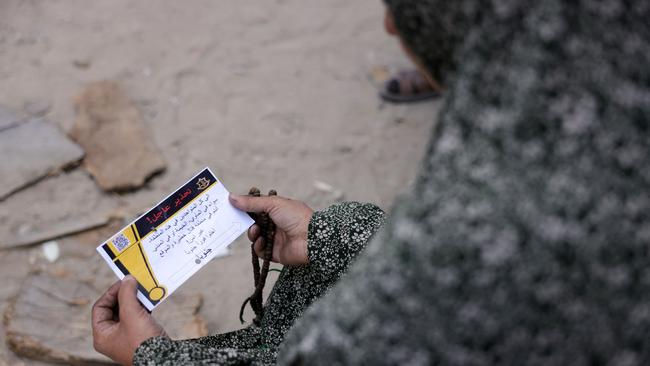
Several days later Netanyahu declared that under his plan, “all of Gaza’s territory will be under Israeli security control and Hamas will be totally defeated”. Yet total Israeli control of Gaza means the population cannot be evacuated from all of the areas that Israel secures, contrary to the IDF’s claims.
For Israeli troops to take and hold all of Gaza could take months and would expose those troops to counter-attacks by Hamas when many Israelis are weary of the war and distressed by the loss of so many Israeli soldiers.
And if the campaign results in yet another large number of civilian deaths, the international outcry against Israel will only grow.
Even with this sweeping new plan, fundamental questions remain. For example, at what point could Netanyahu credibly claim that Hamas is completely destroyed if the group does not actually surrender?
And how does Israel pursue this military strategy without endangering the 20 living hostages still held by the militants?
It may be that this sweeping ground offensive is an elaborate bluff designed to force Hamas to capitulate rather than fight to the death. Either way, it seems unlikely that Hamas’s few remaining leaders in Gaza will voluntarily disarm and leave the Strip. A ceasefire deal of some sort is more likely, but as things now stand no such deal seems imminent.
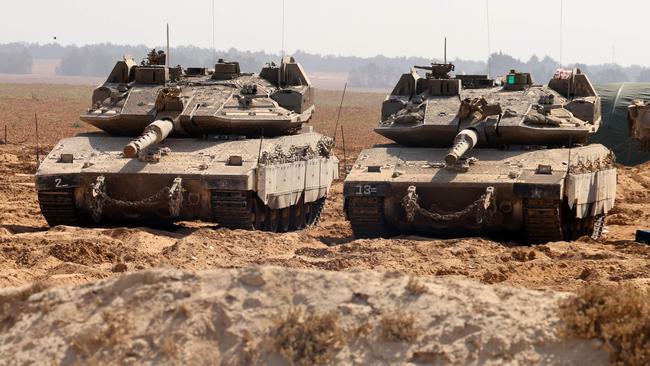
Netanyahu has pointedly refused to engage in discussions about what entity might take over Gaza after Hamas. He has backed Trump’s plan for the US to take control and persuade neighbouring Arab countries to accept as refugees the Palestinians in Gaza.
But that is highly unlikely to become reality for a raft of reasons, not least because no Arab country has agreed to take any Palestinians from Gaza.
Egypt has proposed that an independent committee be established to take over Gaza for a limited time before it is transferred to the Palestinian Authority.
But Netanyahu understandably says this idea is a non-starter because the PA, which administers the West Bank, is corrupt, incompetent and fundamentally anti-Israel.
The greatest uncertainty now hovering over the conflict in Gaza is the Trump factor.
US media reports this week suggest Trump is frustrated by the ongoing war and the images of starving children, and wants Netanyahu to wrap the conflict up. This contradicts Trump’s public comments, which have been fully supportive of Israel’s war on Hamas and its regional confrontation with Hezbollah in Lebanon and with Iran.
Yet Trump has distanced himself from Netanyahu in recent weeks. He pointedly left Israel out of his tour of the Middle East last week and surprised Israel by opening direct talks with Hamas that led to the release of the last American hostage, Edan Alexander.
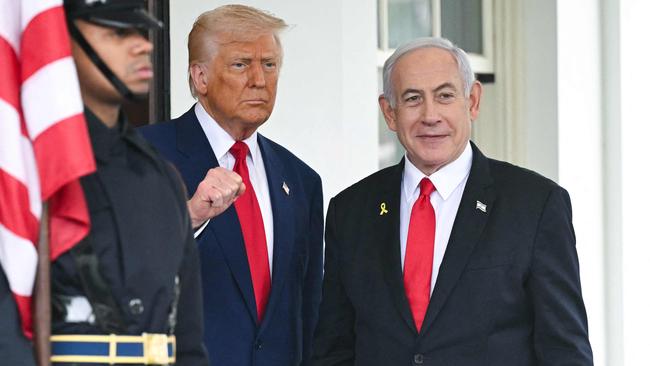
Trump also unilaterally ended the US bombing campaign against Houthi rebels in Yemen when the group was still launching attacks on Israel.
There has been a deafening silence from the US President about whether he supports Netanyahu’s new ground offensive in Gaza.
Trump is probably the only person in the world outside of Israel who has the power to influence Netanyahu’s conduct of the war in Gaza.
But Israel is reaching a tipping point where it will need to weigh the cost of continuing to wage a large-scale war in Gaza against the cost of securing an imperfect peace and the release of the hostages.
Netanyahu is still pursuing the former, but he is losing allies along the way with his heavy-handed methods.
If he also loses the support of Trump, Israel’s options will shrink dramatically. Netanyahu is forging ahead but he holds fewer cards every day.




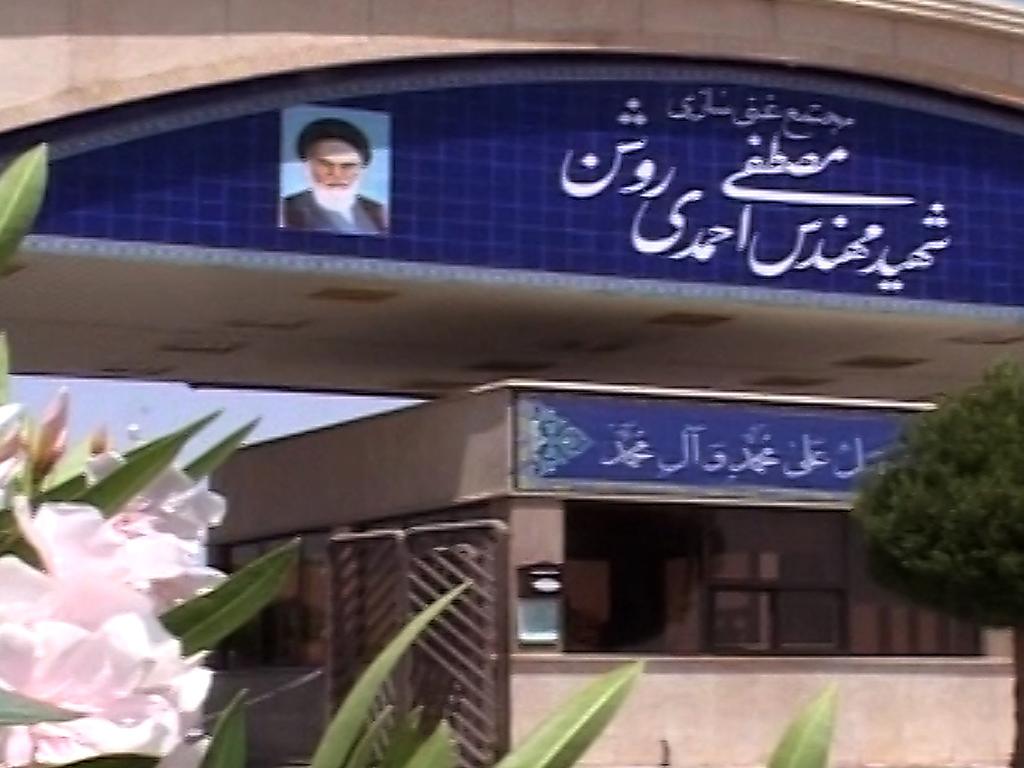


To join the conversation, please log in. Don't have an account? Register
Join the conversation, you are commenting as Logout